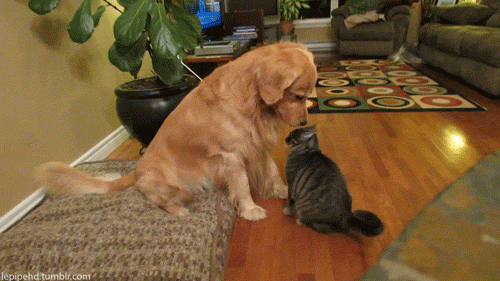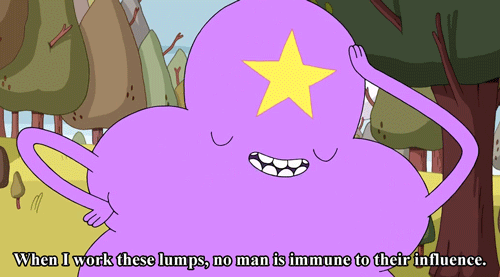When we were kids, my sister and I had our own language.

In retrospect, the sounds we made were probably a combo of us trying to mimic our Hawaiian uncle’s pigeon English and watching too many Native American late 80’s flicks. But we tried our hardest to get creative, issuing everything from commands to calming signals. It wasn’t till later that I’d learn lots of kids were doing that and kinda always have. So, where’s that come from?
Taking a peak into evolution via our ape ancestors, language does indeed have a universal kind of quality to it. About 4,500 different gestures were observed in a Scotland observache of Bonobos, and while some had multiple meanings, other typical ones included the following:
1. Reaching forward = “Gimme.”

Excellently demonstrated, Colbert.
2. Opening up for a hug = “Let’s touch.”

As humans, we rarely even have to involve an air-hug invite. We tend to just do the confident chest-up shoulders-down posture around those we trust or like, and guard ourselves around those we don’t in hunched over posture, like an inmate dining – or (more relevant analogy) a masturbating monkey.
But we’ll get to the sexy signals soon enough.
3. Foot stomp = “Let’s play!”

Bouncing around is indeed a playful action in animals. My shih-tzu does it just before a walk, interspersed with her show-offy downward dog yoga pose (yes, we know you can do it better than me, bish. That’s why they named it after you). *eyeroll* We see little kids do it all the time. And I even saw my grown-ass-man-super-serious brother do it once in his excitement about a slice of greasy pizza after we’d just enjoyed a night of heavy drinking.
This one’s universal, fo’ sho’.
4. Tapping another = “Stahp.”

While my first idea about this was the “as if!” Cher-shove, my second thought was maybe it’s more like a kindly request to end contact – physically or verbally. Either that polite gentle pat your masseuse does at the end of your massage to say “this concludes our broadcast day” or the tap someone does to say “this convo’s not going anywhere, but I still luff you”. I’m still not sure which it is. Mayhaps both?)
5. Hand Fling = “Move!”

Good form, Jack.
A jettison gesture is perfect for anyone who doesn’t hafta stand on all fours to not fall over.
6. Pointing to sole of foot – “Climb on my back.”

Mmm. In my culture, raising and touching your foot outside of a yoga mat just means “These aren’t the Louboutins I asked for” or “Dude, I stepped on the glass of my broken bong and hit a major blood vessel! What are we gonna smoke out of now?”
But that’s probably just because when we evolved to become bipedal, our balance went downsie-daisies, what with our other two limbs being so far from the ground ‘n all.
7. Leaf nibbling = “Flirt with me.”

Cher, eloquent as ever with the explanache.
But when Bonobos really wanna bone, they have spesh sexy gestures:
8. Stretch arm out, sweep inward, twist wrist in come-this-way manner = “Let’s have sex. Over here!”

I’m pretty sure I remember Mr. Brand doing a bit reminiscent of this and how the relationship between fame and the need for actual pleasantry exchange preceding fornication requests is an inverse one. And once you reach a certain fame threshold, he explains, you can pretty much degenerate back to these primal signals still seen by our ape ancestors. Tight pants help, too. But only if you know how to wear them – a daunting challenge.
But wait, there’s a second part!
8.5 Walking toward the prospective lovin’ locale, they turn to keep checking over shoulder = “You coming?”

It looks like Quagmire added a roofie-colada step.
It also looks like he’s inviting Peter (if we’re keeping with the ape rules.)
It’s kinda interesting to see how some of these same gestures our pets (or even we unwittingly) do have similar origins. Another interesting point this study seems to raise is that – unlike higher forms of social interaction (cooperation toward a common goal) which vary in captivity versus the wild for chimps, with gestures it remains the same. Those raised in captivity will still use the same sort of language their jungle cousins do. So is there something universal about basic communication?
And, more importantly, does that mean a pair of brats across the world speak my sister’s and my same furtive childhood language?